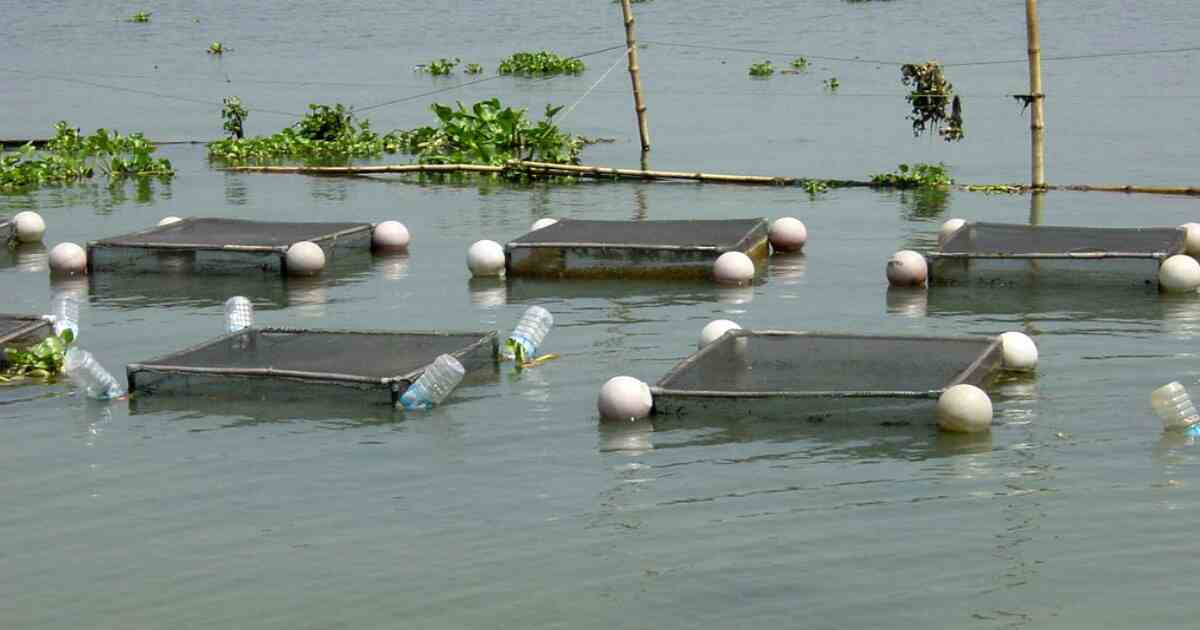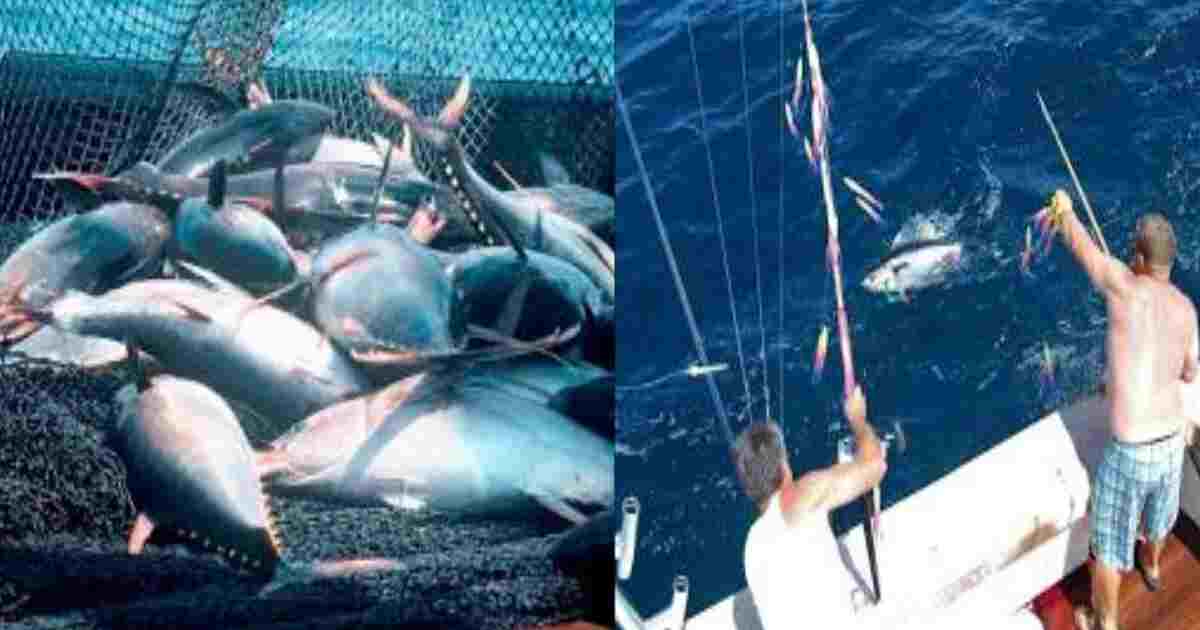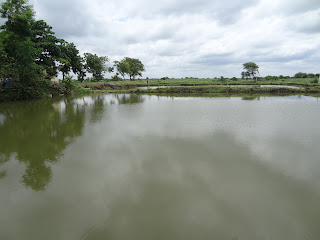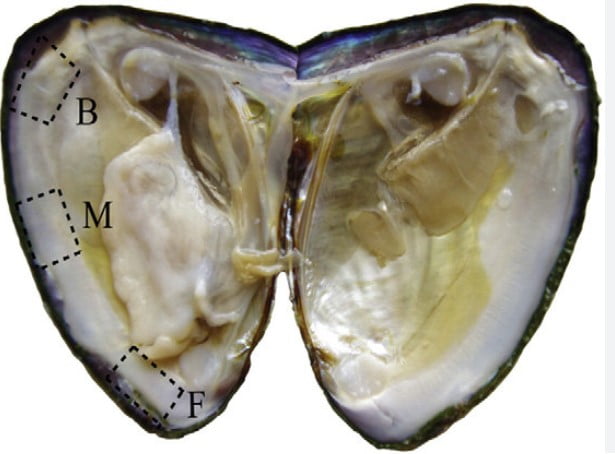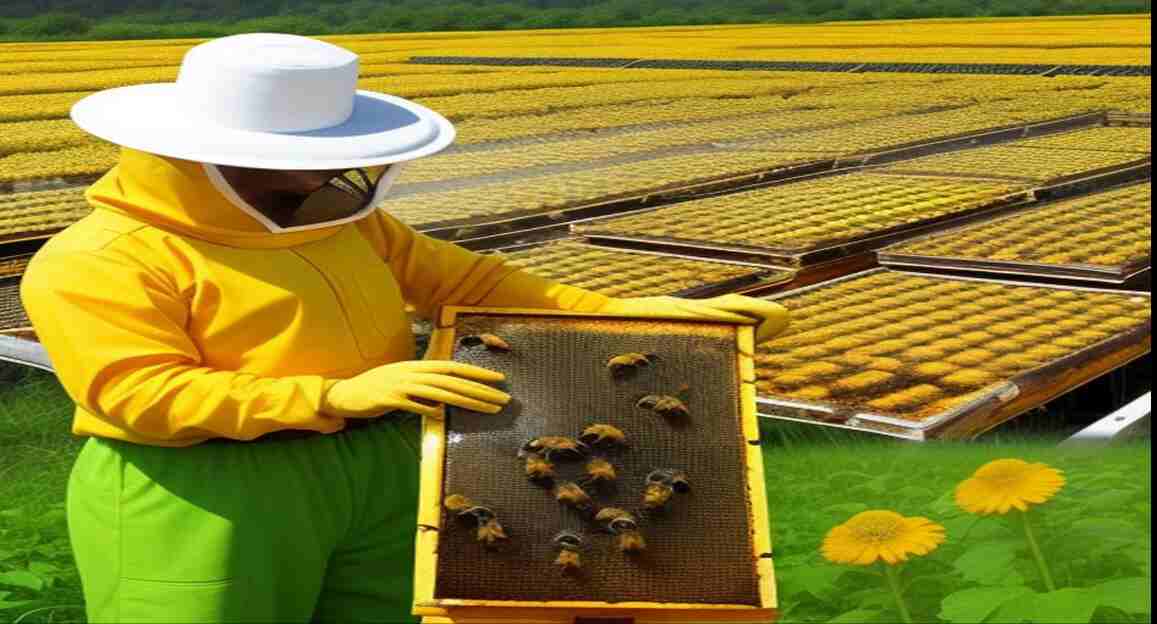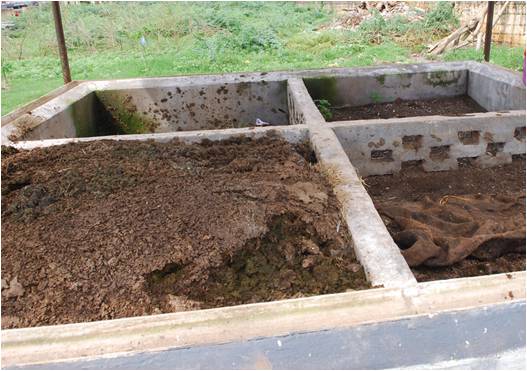Pearl Culture: gems of the sea, have captivated humanity for centuries. They hold an ethereal beauty and are often associated with elegance and sophistication. But have you ever wondered how these precious gems are formed? In this article, we will delve into the enchanting world of pearl culture, exploring the process by which pearls are cultivated, their historical significance, and the various techniques employed to create these natural wonders.
Pearls are produced by black lip pearl oysters (Pinctada margaritifera var. cumingii) and pearl oysters (P. vulgaris). These oysters, which grow to a size of 12-15 cm after three years of culture, are found throughout the Indo-Pacific region. The cultivation of pearls has a rich history dating back almost two centuries. Initially, pearl oysters were harvested from the sea for the mother-of-pearl industry, and occasionally, fine pearls were discovered.
The Formation of Pearls
The mesmerizing beauty of pearls lies in their unique formation process. When an irritant, such as a grain of sand or a parasite, enters the soft tissue of an oyster, it responds by secreting a substance called nacre. Layer by layer, the oyster coats the irritant with nacre, forming a pearl. This process can take several years, resulting in a pearl with a smooth, iridescent surface.
History of Pearl Culture
To overcome the depletion of wild pearl oyster populations, scientists began experimenting with spat collection and cultivation techniques in the early 20th century. However, it wasn’t until the late 1950s that these techniques were successfully developed. The 1960s witnessed a renewed interest in pearls, leading to the first successful grafting of pearls by the French Fisheries Service in 1965. Private initiatives further advanced the cultivation of pearl oysters, paving the way for the market of Polynesian black pearls.
Cultivation Techniques
The process of cultivating pearls involves several key techniques that ensure the growth and
development of high-quality pearls.
1. Hatchery Rearing
The rearing of spat, or young oysters, is a crucial step in the cultivation process. However, complete control over hatchery rearing is yet to be achieved. Spat for cultivation is collected from the natural environment using artificial substrates. After 12-24 months without intervention, the oysters grow to a size of 5-10 cm and are then transferred to oyster-rearing chains suspended from subsurface long lines.
2. Oyster Rearing Chains
Oyster-rearing chains, typically measuring 200 meters in length, are used to suspend the oysters at depths ranging from 6 to 10 meters. Each chain accommodates 4,000 to 10,000 oysters, with a spacing of 10 meters between chains. Over a period of 3-12 months, the oysters grow to a size of approximately 10 cm and weigh about 120 grams, making them ready for grafting.
3. Grafting Process
Grafting is a delicate process where a piece of the mantle from one oyster is inserted into the gonad of another. This procedure stimulates the formation of pearls. After grafting, the oysters are placed back on the long lines and allowed to grow for around 18 months. The regulations stipulate a maximum density of 2,400 oysters per 200-meter oyster-rearing chain. However, only a fraction of these oysters, about 25-30%, produce marketable pearls, while the rest are rejected, die, or yield poor-quality pearls.
Types of Pearls
The cultivation process gives rise to various types of pearls, each possessing its distinct
characteristics.
1. Kechi Pearls
Kechi pearls are formed by inserting pieces of the mantle from one mollusk into the gonad of another. This technique results in small, odd-shaped pearls measuring less than 7 mm. Remarkably, up to 20 pearls can be produced without the need for a nucleus. When a nucleus larger than 7 mm is used, the resulting pearls are known as “baroque” pearls and exhibit larger and more irregular shapes.
2, Mabe Pearls
Mabe pearls, extensively grown by American pearl companies, are relatively easy to implant. In this technique, a semi-spherical core made of plastic or mother-of-pearl is inserted under the mantle. Over time, the mantle gradually covers the core with nacre, resulting in a half pearl. Mabe pearls can be produced in various shapes, including rounds, kechis, baroques, and mabes, using different nucleus shapes.
History of Natural Pearls
Before the advent of cultured pearls, harvesting natural pearls from the sea was a costly and challenging process that yielded very few pearls. As a result, natural pearls were incredibly rare and held great value. It was not until the Japanese discovered the technique of nucleating mollusks to produce cultured pearls that the pearl industry underwent a significant transformation.
Mikimoto and the Development of Cultured Pearls
Kokichi Mikimoto, a Japanese entrepreneur, played a pivotal role in the development and popularization of cultured pearls. Alongside his wife Ume, Mikimoto devised a strategy to stimulate oysters to produce pearls on demand. This breakthrough, combined with the efforts of government biologist Tokichi Nishikawa and carpenter Tatsuhei Mise, led to the establishment of the Mise-Nishikawa method. Mikimoto further refined the technique, ultimately obtaining a patent for culturing round pearls in 1916.
South Sea Pearls
South Sea pearls, found off the coasts of Australia, the Philippines, Indonesia, Myanmar, Japan, and Thailand, gained global demand in the 16th and 17th centuries. However, by the 18th and 19th centuries, excessive harvesting pushed the South Sea pearl-producing oysters to the brink of extinction. The advent of pearl cultivation rescued these oysters and enabled South Sea pearls to capture 10% of the entire pearl market.
Tahitian Pearls
Tahitian pearls, once believed to belong to the god Oro, who used rainbows to visit Earth, were cultivated in the waters of French Polynesia. With the increase in traders and explorers during the 1700s, the pearl-producing mollusks were rapidly depleted. Strict regulations were then enforced by France to protect the pearl fisheries in these islands. The Japanese revitalized the nucleation process, allowing the marketing of Tahitian pearls once again.
Conclusion
Pearl culture is an intricate and captivating process that has revolutionized the availability of these treasured gems. From the historical significance of natural pearls to the meticulous techniques involved in cultivating pearls today, this article has provided insights into the remarkable world of pearl culture. The journey from a humble irritant to a radiant pearl is a testament to nature’s artistry and human ingenuity.

